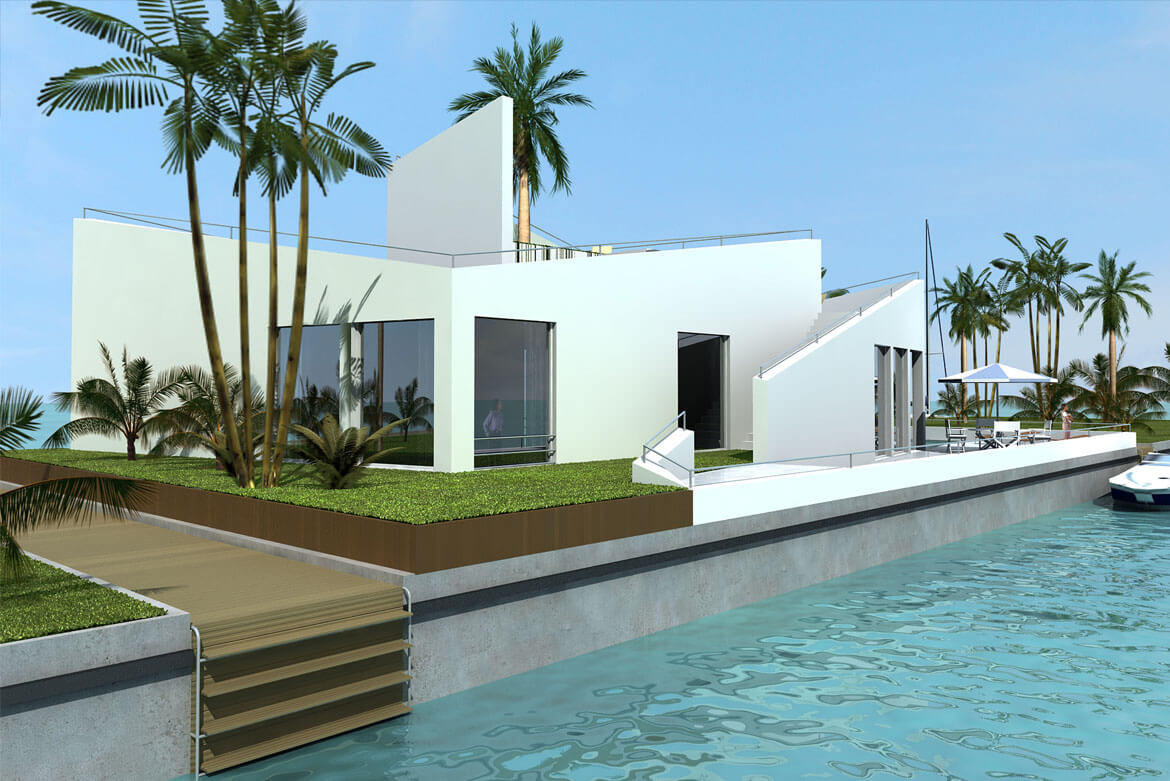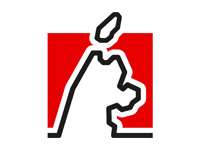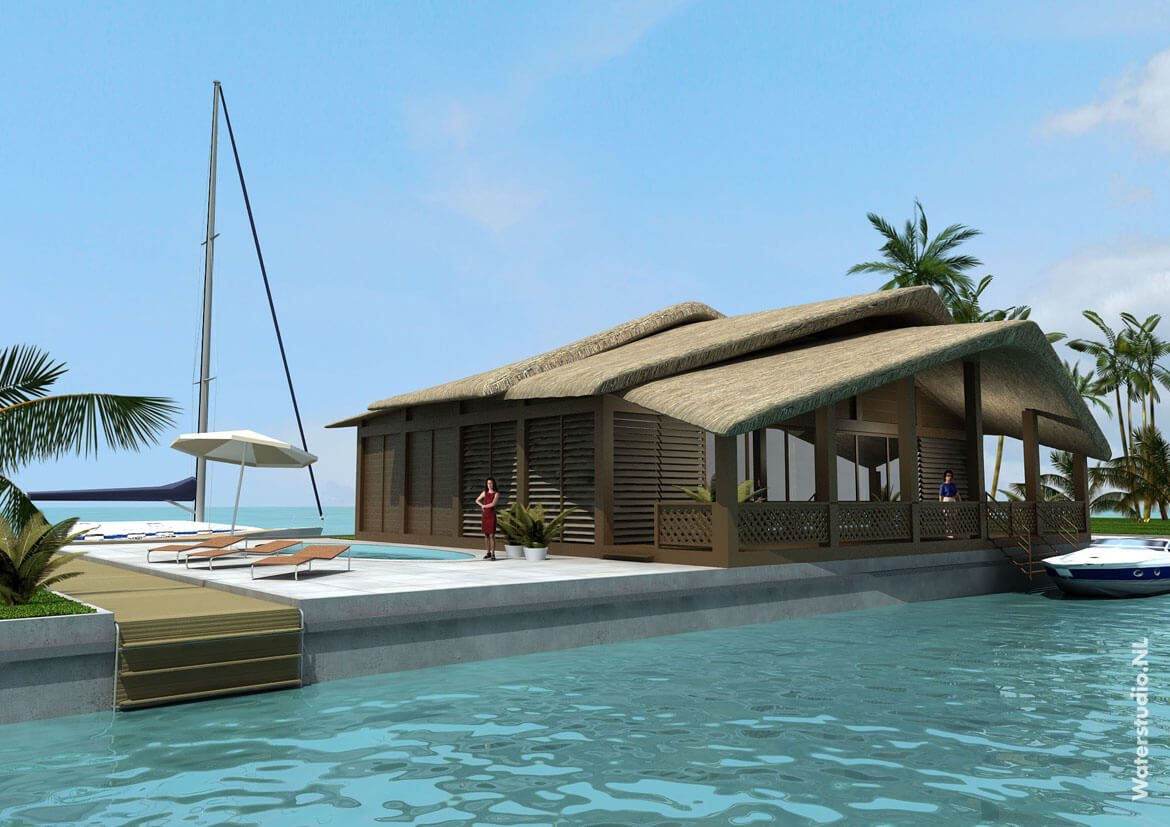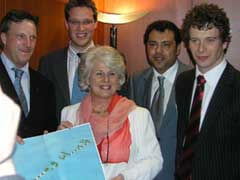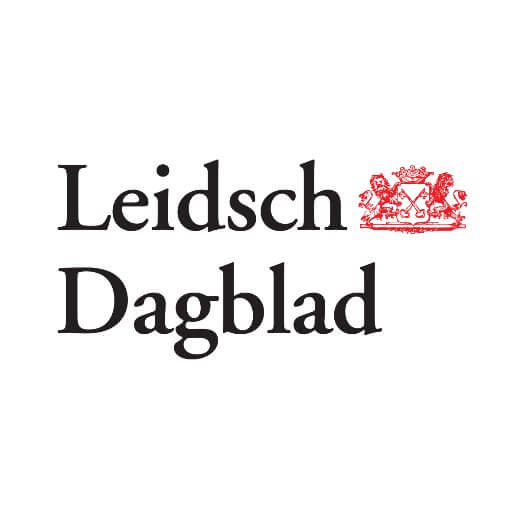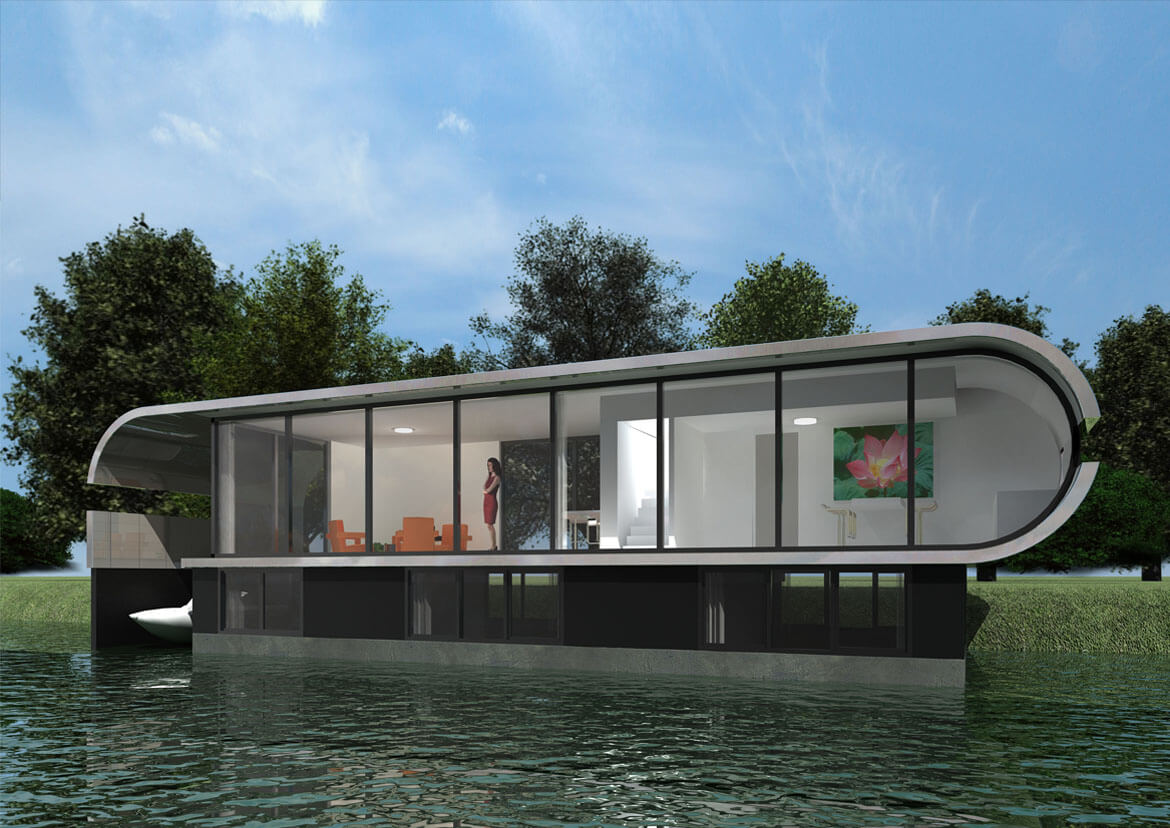Nog maar mondjesmaat wint de waterwoning (een drijvende woning of een woning op palen) aan populariteit, ook nu berging van water in Nederland een steeds groter probleem wordt en de ruimte om te bouwen schaarser. Dat een land dat wereldwijde faam geniet in de strijd tegen het water niet voorop loopt in het bouwen met het water, is vooral projectontwikkelaars aan te rekenen.Dat vindt althans Chris Zevenbergen van Dura Vermeer, een van de weinige bouwconcerns die wel serieus werkt aan innovaties op het gebied van bouwen met water. Meervoudig ruimtegebruik (wonen op water) komt onafwendbaar op ons af, weet Zevenbergen. ‘We zijn hier altijd gewend geweest land droog te pompen. We zullen straks zeker toe moeten naar woonwijken waar water niet alleen wordt vastgehouden maar ook nog eens gecontroleerd kan worden ingelaten.’Dura Vermeer ontwikkelde in de Maas bij Maasbommel 46 ‘amfibische’ woningen, woningen die meebewegen met het stijgende water. Dat project geldt als het voorbeeld van hoe het bieden van meer ruimte aan water gecombineerd kan worden met het bouwen van woningen. Ook is dit bedrijf verantwoordelijk voor de eerste drijvende kas, in Naaldwijk.Die twee initiatieven zijn nog maar de opmaat tot veel grotere projecten waarbij Dura Vermeer de berging en het beheer van water wil combineren met bouwen. Zevenbergen: ‘Het gaat ons veel meer om het ontwikkelen van nieuwe, bouwkundige concepten. De stedenbouw zal zijn dominante rol moeten gaan delen met water. In laaggelegen, dichtbevolkte gebieden als onze Deltametropool is een innovatieve manier van bouwen noodzakelijk.’Zeespiegelstijging, bodemverzakking, extreme regenval en meer aanvoer van rivierwater, klimatologen zijn het er over eens dat het watervraagstuk de komende decennia steeds meer aandacht gaat vragen. Tegelijkertijd blijft de druk op de ruimte in de Deltametropool (monding Rijn en Maas, onder de zeespiegel gelegen, vijf miljoen inwoners) toenemen. De verstening leidt nu al vaak tot overlast: na hoosbuien staan in het Westland de woningen blank, de bodem kan al dat water niet meer verwerken.Volgens Zevenbergen hebben de overheden oog voor de waterproblematiek. Hij wijst op het feit dat het een belangrijk onderwerp is voor het Innovatie Platform van het rijk, dat veel gemeenten bij bouwplannen ruimte maken voor waterberging en dat er bij de rivieren mag worden geëxperimenteerd met buitendijks bouwen. Minder enthousiast is hij over de inspanningen van ontwikkelaars: ‘Die zijn nog veel te weinig bezig met waterbestendig bouwen.’Bouwen met het water moet een soort nieuw Deltawerk van Nederland worden, vindt Zevenbergen. Hij wijst op een polder in de Haarlemmermeer waar minstens vijftienduizend woningen moeten worden gebouwd en die tevens is aangewezen als locatie voor waterberging. ‘Woningen op palen, drijvende woningen, bij zo’n opgave ben je verplicht om naar creatieve oplossingen te zoeken.’Dat geldt ook voor het plan-Westergouwe, een bouwplan van de gemeente Gouda in een van de diepstgelegen polders van Nederland. De kritiek dat het onzinnig is op zo’n risicovolle plaats te bouwen, deelt Zevenbergen niet. Het plan om in Westergouwe een hele drijvende wijk te bouwen getuigt juist van een innovatieve aanpak.Dat water als bouwgrond de toekomst heeft is de vaste overtuiging van Koen Olthuis, architect van Waterstudio.nl. Hij ontwerpt louter en alleen waterwoningen, waarvan er volgend jaar vier in de Leidse wijk Roombeek worden gerealiseerd. Hoewel veel van zijn ontwerpen vooral als vingeroefeningen moeten worden gezien (van een drijvend restaurant voor de kust voor IJmuiden tot futurologisch ogende hoogbouw in Dubai) weet Olthuis zeker dat hij de juiste markt heeft aangeboord.‘Met de ruimtenood in Nederland zal het toch meer en meer aankomen op meervoudig ruimtegebruik. Hoe kun je water verder nog economisch benutten? Daar zal het in de toekomst over gaan. Technisch is er geen enkel beletsel om te bouwen op water.’Dat de waterwoning niet altijd de toekomst heeft, bewijst de ervaring van het bouwbedrijf Ooms dat in Leeuwarden een aantal waterwoningen neerzette. De belangstelling viel tegen, mede omdat de woningen aan steigers lagen en de auto een eindje weg moest worden geparkeerd.Dat soort problemen voorzien de initiatiefnemers van de Waterbuurt West op het Amsterdamse IJburg niet. Daar wordt volgend jaar zomer begonnen met de bouw van een drijvende buurt. De paalwoningen moeten in 2007 klaar zijn, de drijvende huizen het jaar daarop.
Met dubbel glas is het ook gelukt

NRC
07-04-2006, NRC
De bouw heeft keuze uit tal van innovatieve systemen en materialen – zoals prefabhuizen en de verfspuit – maar die worden nauwelijks toegepast. “De meeste mensen willen een stenen huis met rode pannen.”
Het had een doorbraak in de schilderswereld moeten worden. Maar het tempo waarin het nieuwe verfspuitsysteem van Sigma Coatings de markt verovert, gaat aanmerkelijk langzamer dan gehoopt. In plaats van de honderd schildersbedrijven waarop Sigma had gerekend, werken er drie jaar na de introductie nog maar veertig bedrijven met de multipainter.
Onwennigheid, meent Sigma. In plaats van met de kwast aan de slag te gaan, moet de schilder de verf verwarmen en met een spuit aanbrengen. Het voordeel: het werk gaat, afhankelijk van het object, tot 30 procent sneller en het resultaat is mooier. Waarom de schilders het spuitsysteem dan toch niet willen? Guus Duray, verkoopleider Nederland van Sigma Coatings: “Ze werken al 2.000 jaar met een kwast.“
Het voorbeeld tekent de bereidheid tot vernieuwing in de bouwwereld. “Bouwers zijn conventionele denkers“, klaagt Duray. “Ze voeren uit wat de architect heeft bedacht en zijn gebonden aan vergunningen, bouwbesluiten en aanbestedingsregels. Dat laat weinig ruimte voor creativiteit.“
Het behoudende imago van de bouw wordt bevestigd door onderzoek van adviesbureau Twynstra The Bridge: 70 procent van de aannemers zou wel willen vernieuwen, maar toch steken bouwbedrijven maar 1 procent van hun omzet in vernieuwingen. Dat zou komen doordat bouwers hun onderaannemers niet aan het lijntje hebben. “Als je als aannemer bijvoorbeeld de hoeveelheid restmateriaal wil terugdringen om kosten te besparen, dan heb je veel partijen nodig om dat voor elkaar te krijgen“, zegt directeur Radboud de Groot van Twynstra The Bridge. “Minder afval vraagt systematischer denken en dus meer opleiding. En vergeet niet dat restanten een secundaire arbeidsvoorwaarde voor de bouwvakker zijn. De directie van het aannemingsbedrijf wil wel van die verliezen af, maar krijgt te maken met morrend personeel. Innovatie is niet altijd een rationeel proces.“
Het ligt ook aan de klant, zegt De Groot. “Prefabhuizen en andere niet-conventionele bouwmethoden slaan bijvoorbeeld niet echt aan in Nederland. Bouwers zijn bereid tot innovatie als het geld oplevert, maar de meeste mensen willen een stenen huis met rode pannen. De bouw is dus noodgedwongen behoudend doordat veranderingen in wonen maar heel beperkt worden geaccepteerd.“
Pim Leemhuis, coördinator kennis van innovatienetwerk PSI Bouw, is wat optimistischer. “Qua nieuwe bouwmethoden en materialen is de bouw wel degelijk innovatief. In beton en verf bijvoorbeeld zijn allerlei vernieuwingen gaande.“
De verhouding tussen opdrachtgevers, bouwers en klanten daarentegen blijft archaïsch, vindt ook Leemhuis. “De houding van de bouw is: u vraagt, wij draaien. De meeste projectontwikkelaars denken op de korte termijn en bouwen omdat er te weinig woningen zijn. Zonder veel visie op hoe de burger over twintig jaar wil wonen.“ Bouwers moeten zich assertiever opstellen richting opdrachtgever, vindt Leemhuis, en niet klakkeloos bouwtekeningen uitvoeren.
Innovatie ontstaat alleen als er behoefte aan is en als er geld mee te verdienen valt, is de overtuiging van De Groot van Twynstra The Bridge. “Noodknoppen in seniorenwoningen zijn inmiddels heel gewoon, omdat de bewoners erom vragen en ook de opdrachtgever van dergelijke woningen, meestal een overheid, er het voordeel van inziet. Dubbel glas is ook zo’n ingeburgerde innovatie die er dankzij de overheid is gekomen.“




